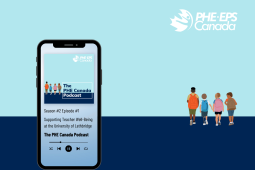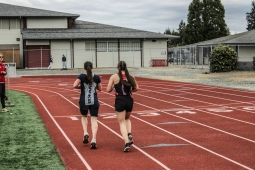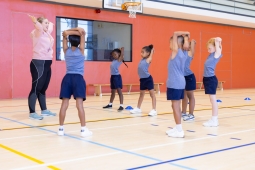Identifying a Quality Physical Education (QPE) Educator: A Transformative Journey
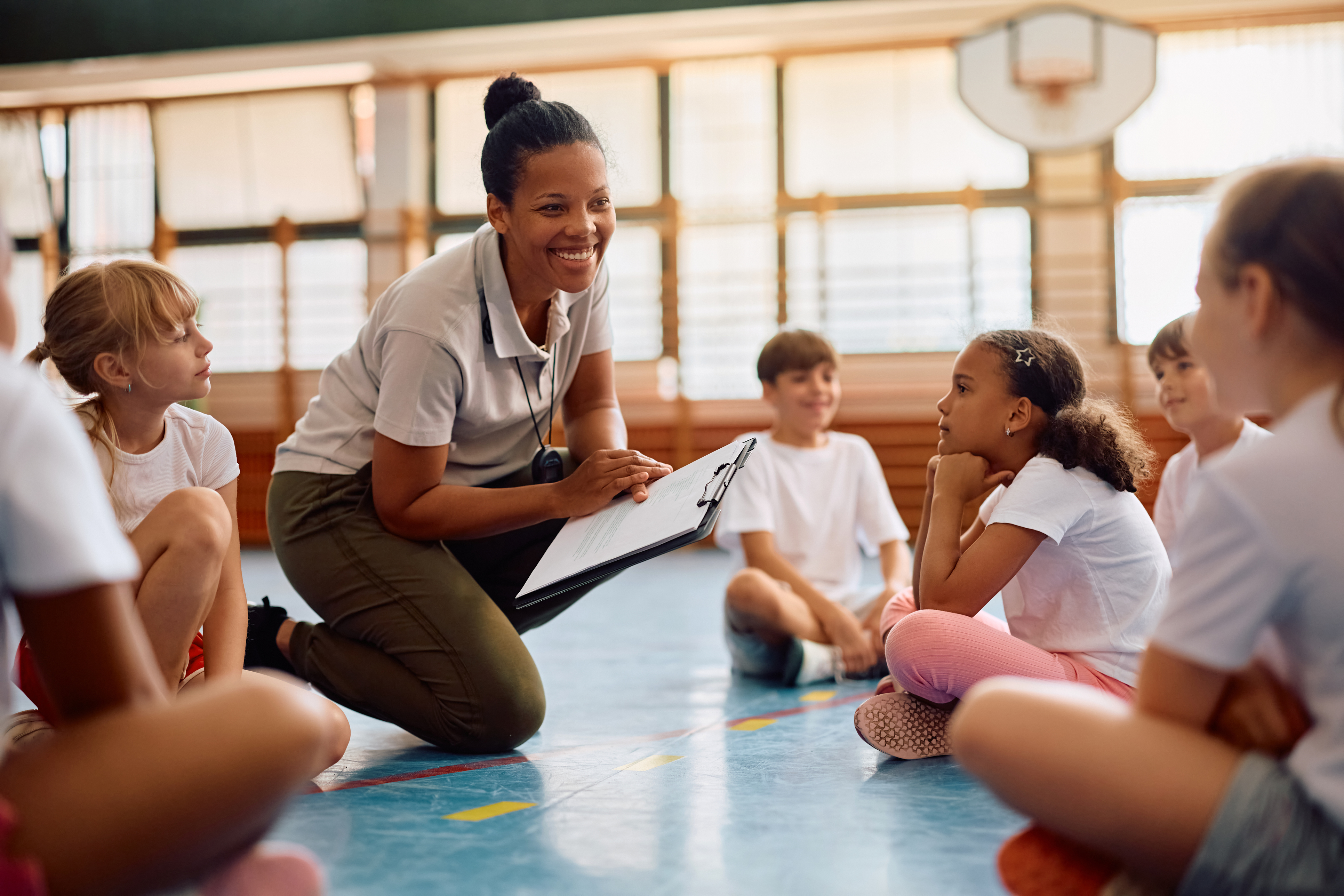
"Be the change you wish to see in the world."
This well-known quote, often attributed to Mahatma Gandhi, embodies the idea that personal transformation can be a powerful catalyst for broader societal change. Though Gandhi may not have used these exact words, the sentiment aligns with his philosophy: "If we could change ourselves, the tendencies in the world would also change." Reflecting on my journey as a Health and Physical Education (HPE) teacher, I recognize how vital personal growth and adaptability are in shaping a quality physical education experience.
In 1990, fresh from graduating from the University of Toronto's Faculty of Education, I had all the essential qualities needed to be an effective educator. However, it soon became apparent that my teaching style resonated mainly with students passionate about sports, while those with little interest were left disengaged. This realization began my commitment to evolving as an educator, aiming to inspire and connect with all students—regardless of their initial enthusiasm for HPE.
Over the past 35 years, through continuous professional development and mentorship from experienced educators such as Randy Ruttan, an HPE consultant at the East York Board of Education, I have come to identify the key qualities that define a Quality Physical Education (QPE) educator.
As health and physical education teachers, we bring unique classroom attributes. Some traits naturally enhance our effectiveness, while others may create blind spots that hold us back. The good news is that, with reflection and intentional effort, we can cultivate and strengthen the qualities that make a great educator. We have the power to be the change we wish to see in the world of HPE.
The Heart of a QPE Educator
Being a QPE educator is about much more than simply delivering lessons. It is about igniting a passion for lifelong health and wellness in our students. Through our actions, words, and enthusiasm, we must demonstrate that physical education is essential to their well-being now and for their future.
Below are 10 key qualities that define a QPE educator—qualities we can embrace to help students thrive.
1. Relationship Builder
Maya Angelou famously said, "People will forget what you said, people will forget what you did, but people will never forget how you made them feel." Establishing trust and understanding with each student is essential for creating a safe and inclusive environment in which effective learning can occur. The Harvard Study of Adult Development, one of the longest-running studies on human happiness and health, consistently shows that strong, meaningful relationships contribute significantly to happiness and longevity. Participants who fostered deep connections with others reported better physical health, higher life satisfaction, and lived longer lives. By building positive relationships with students, we enhance their well-being and boost their academic success. Creating an environment where students feel safe, valued, and understood leads to more effective learning experiences.
2. Empower Student Agency
The process becomes meaningful and relevant when students feel a deep sense of ownership over their learning. A QPE educator plays a key role in fostering this transformation by encouraging students to take charge of their journey. This approach promotes autonomy and encourages students to make thoughtful decisions, increasing engagement and investment in their physical education experiences.
3. Creates a Safe, Inclusive Environment
A dedicated QPE educator actively works to create a space where every student, regardless of their background, ability, race, or gender, feels valued. By embracing culturally relevant teaching methods, educators can ensure that diverse perspectives are celebrated. When students feel acknowledged and respected, they are more likely to engage meaningfully in learning. By fostering a supportive, inclusive environment, educators lay the foundation for students' success, helping them flourish academically and personally.
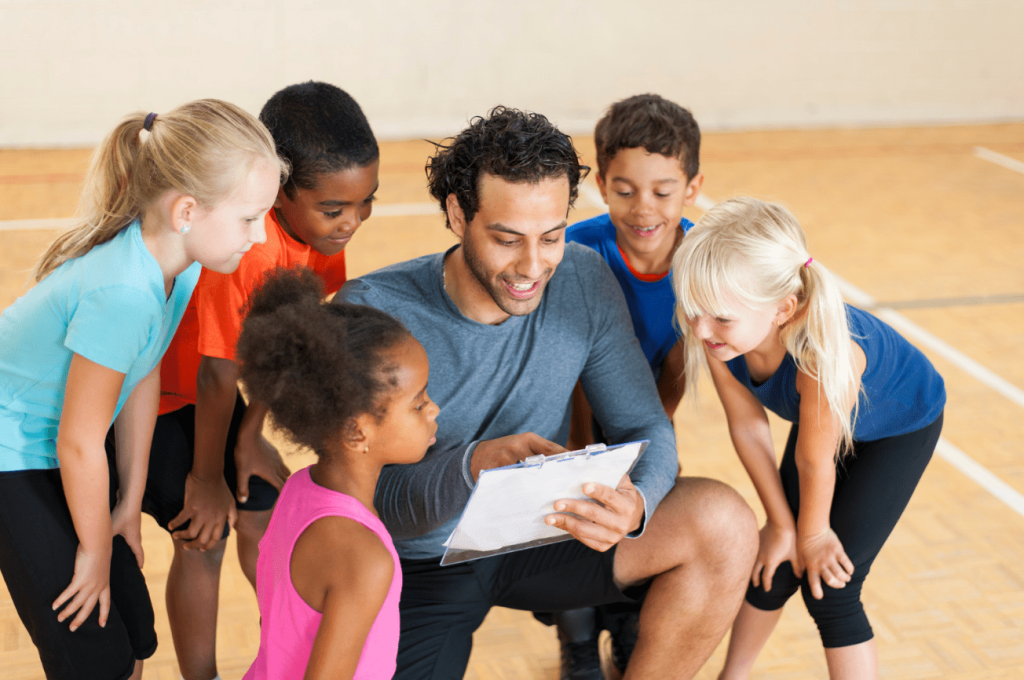
4. Makes Learning Fun
Physical education should be both enjoyable and educational. A QPE educator uses creative games and challenges to make fitness accessible and fun, encouraging students to develop their physical literacy in a relaxed, supportive atmosphere. This approach promotes active participation, cultivates camaraderie, and makes learning an engaging, enriching experience.
5. Shows Real-World Relevance
Students are more likely to be engaged and invested in their learning when they can connect it to their everyday lives. A skilled QPE educator highlights the immediate benefits of physical activity—such as increased energy, improved mood, and better focus—along with the long-term advantages of maintaining an active lifestyle. By demonstrating how the lessons learned in physical education have practical, real-world applications, educators help students understand the profound impact physical activity can have on their lives.
6. Personalizes the Learning Experience
Every student is unique, with their own set of needs and capabilities. A QPE educator takes the time to understand these individual differences, personalizing lessons to meet the specific needs of each student. This individualized approach boosts student confidence, engagement, and success, creating a more supportive and effective learning environment.
7. Passion for the Subject
Our enthusiasm for physical education can be contagious. When we express a genuine passion for the subject, it resonates with our students—even those who may initially be reluctant to participate. Our excitement and energy create an environment where students are motivated to try new things and step outside their comfort zones. By setting a positive, energetic tone, we can inspire our students to appreciate the benefits of physical activity and embrace it as a rewarding and enjoyable part of their lives.
8. Focuses on Mental Health
Physical education is not just about physical activity but also about understanding the vital connection between the body and mind. By teaching students how regular physical activity can reduce stress, improve self-esteem, and enhance overall mental well-being, educators can help students appreciate the comprehensive benefits of an active lifestyle. This understanding empowers students to see physical activity as a crucial element of maintaining emotional and psychological well-being.
9. Is Human and Relatable
One of the most impactful lessons educators can share is that we are human, too. Students often perceive teachers as having everything figured out, but being open about our struggles—whether maintaining a fitness routine, managing work-life balance, or facing personal challenges—makes us more relatable. By showing vulnerability and sharing how we overcome difficulties, we teach students that challenges are a normal part of life. This transparency strengthens our connection with students and adds depth to our teaching.
10. Addresses Blind Spots
In today’s world, where resources are abundant, constant opportunities exist to continue growing as an educator. A QPE educator always strives to stay informed about the latest research, teaching practices, and innovative ideas. Professional development is readily accessible, and it is up to us to seek opportunities to address gaps in our knowledge and continually refine our craft.
Conclusion
Incorporating these traits into our teaching practice requires dedication, but the rewards are immeasurable. As QPE educators, our passion and commitment can inspire students to embrace physical education as an integral part of their lives. By continuously striving to improve and embody the qualities of a great educator, we can transform our students' lives, helping them discover the lifelong value of health and physical education. Keep pushing forward—the change you seek will follow.



